A kitchen is often seen as the least approachable room in a home to organize because it’s one of the bigger spaces, but it’s filled with so many small items!
Think about it, you have eating and serving utensils, pots and pans, a morning beverage zone, mugs and cups, serving and eating dishes, baking items, special holiday items, and so much more!
With all of this in mind, I wouldn’t be surprised if you feel a little anxiety creeping up – but relax! Through this guide I will take you on a complete walkthrough of my kitchen organizing process. Hopefully I can show you that once you’re through the messy parts, the rest is simple (like tetris) and just consists of fitting the puzzle together.
Let’s begin!
When starting to plan a kitchen,
I always work with your desires and will ask questions in order to create the plan with you.
First I’ll ask,
What does your dream kitchen look like?
What’s not working in your kitchen right now?
What do you have for breakfast? Do you want a coffee & tea station?
Who does the cooking? Do they like to bake?
What are the essential items that you need access to most frequently?
Do you have inspiration pictures to show me?
What look do you want to go with for containers? (glass, wood lids, OXO type containers, etc.)
I’ll need to know what you use daily vs. once in a while. That determines what items get stored on higher shelves or further back in deep cupboards.
Secondly I’ll ask,
Where would you like to do your meal prep?
Typically, it’s close to the sink or on the kitchen island. This is the first step in planning where things will go.
This step is something most don’t think about doing. Open all the cupboards and drawers in the kitchen and take a step back to look at your kitchen. Imagine how you want it to flow.
Next, create zones in the kitchen.
These zones are for the different activities based on your personal needs.
We already know the meal prep zone, so we just need to decide where the breakfast zone will be, the baking zone, cooking zone, oils & vinegars, spices, pantry foods, vitamins and supplements, food wraps, dishes, cutlery, glasses, tea and coffee mugs, food containers, kids lunch containers, baby food and bottles, pots & pans, etc.
Then we need to see the zones in action.
I like to use sticky notes and place them on drawers and cupboards.
Most people are very visual and this helps with the planning process. The other way I can do this for new construction or kitchen renovations, is by writing on the actual plans.
Once the kitchen is planned out,
I pull each section’s items out and re-arrange them according to our new plan.
This is where most people get really stressed and want to run the other way. However, you must remember that an integral part of organizing is the mess and chaos. But also keep in mind that it will get worse before it gets better.
I’m also here to help coach you through this stressful, overwhelming stage.
Once everything is in its new place,
I will then measure for containers and drawer inserts to create a shopping list. This is the fun part! Notice how I didn’t go shopping first, then start asking questions and organizing after? You don’t know what containers are going to fit until you have all your items planned and organized.
The next step,
Is to label containers and install them as planned.
Then we can take a step back and admire your beautifully organized, and highly functional kitchen. At this point, you’ll be so inspired to maintain it and keep it looking organized!
So in the end, does it really seem so stressful? With a vision and a bit of pre-planning, everything comes together very smoothly. The hardest part is to power through the warzone phase, and once you’re on the other side the rest is a breeze!
If you’re interested in working with a professional organizer either in-home or through virtual consult, visit me on my Services Page to learn more about how I can help you design and maintain the home of your dreams!
And yes, it is attainable for everyone!

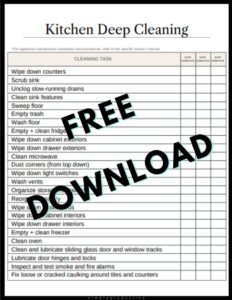
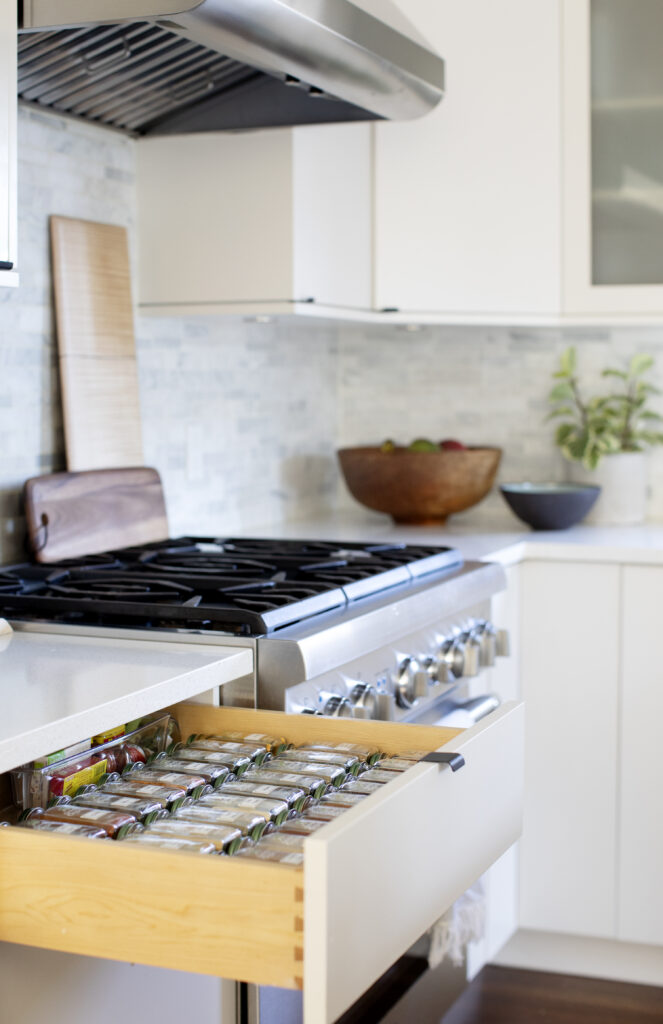
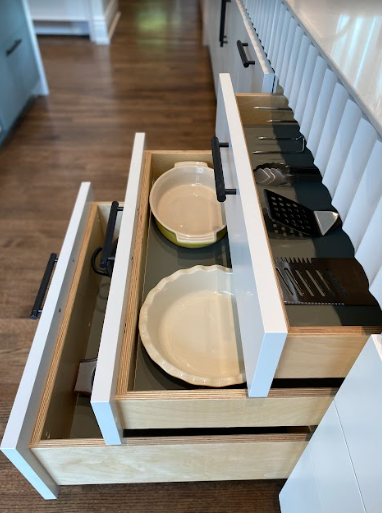
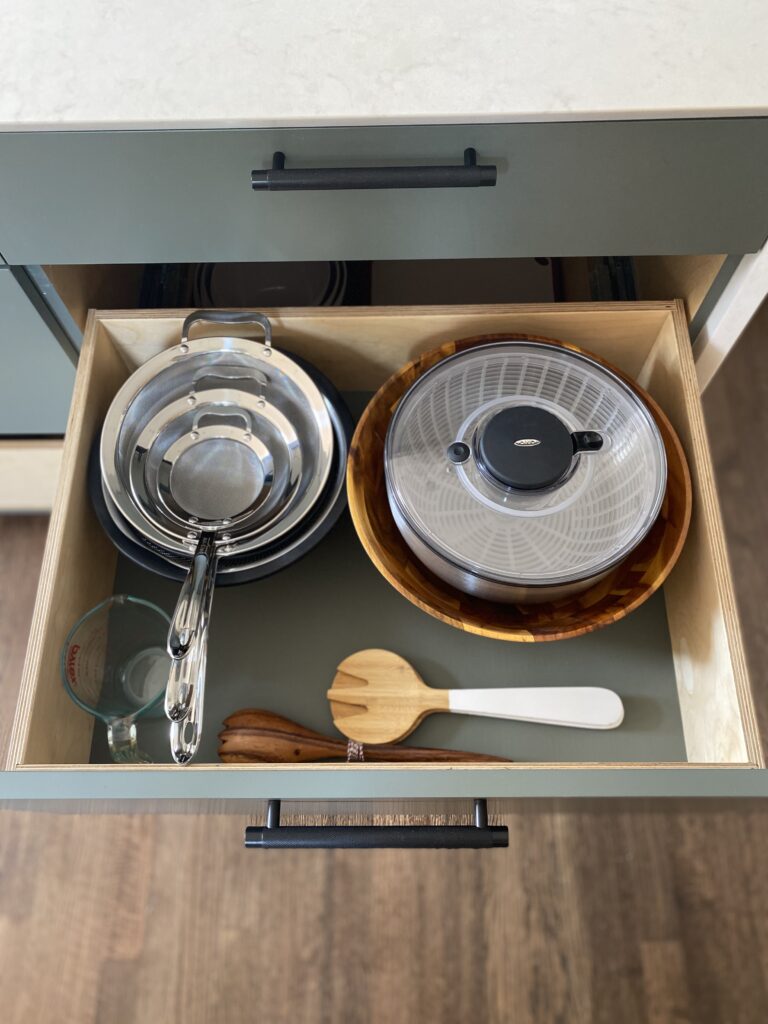
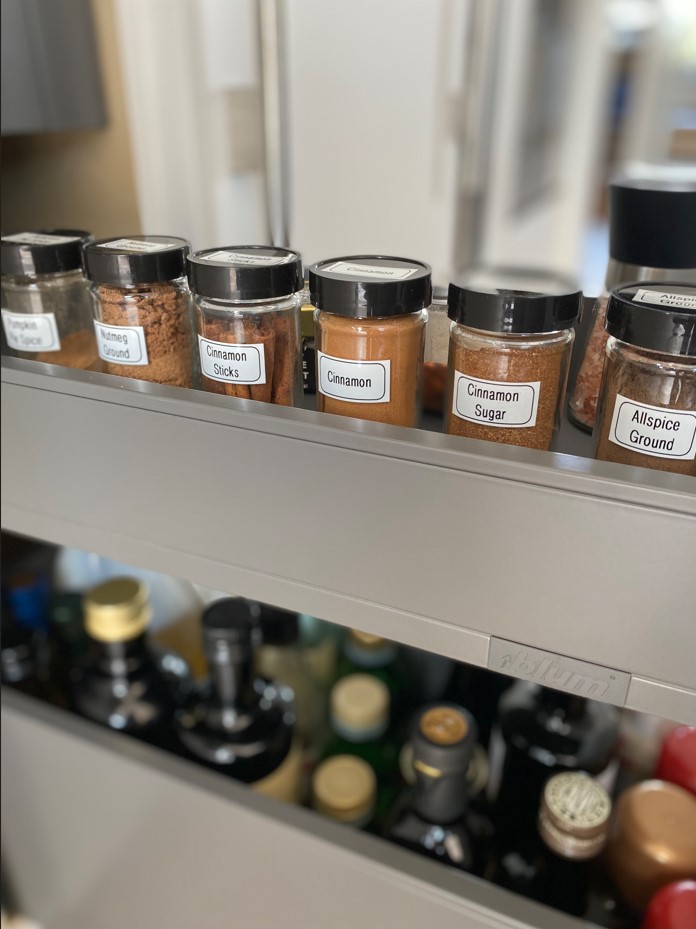

Love it!!
Great ideas.
Much appreciated!😊